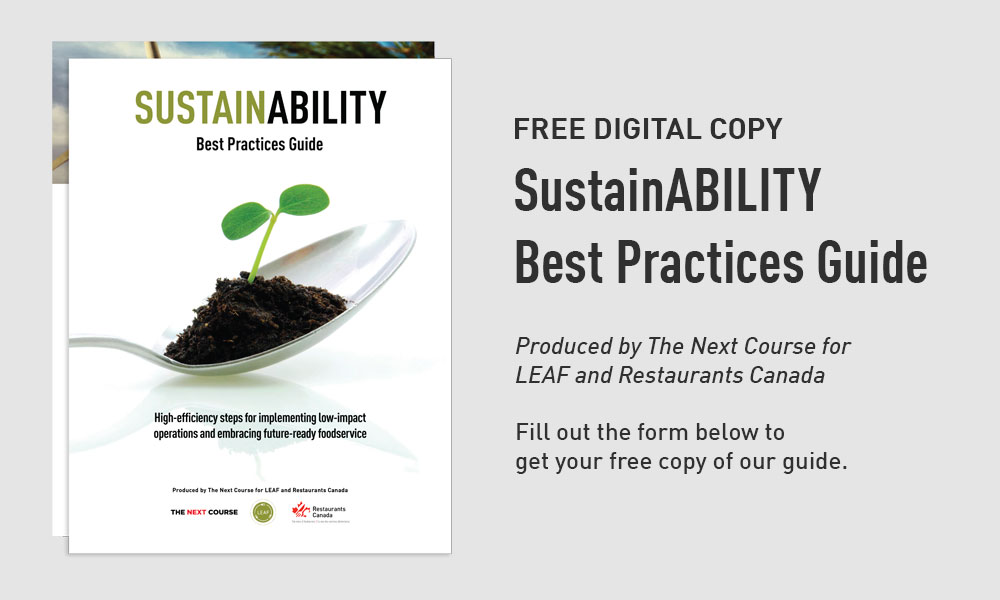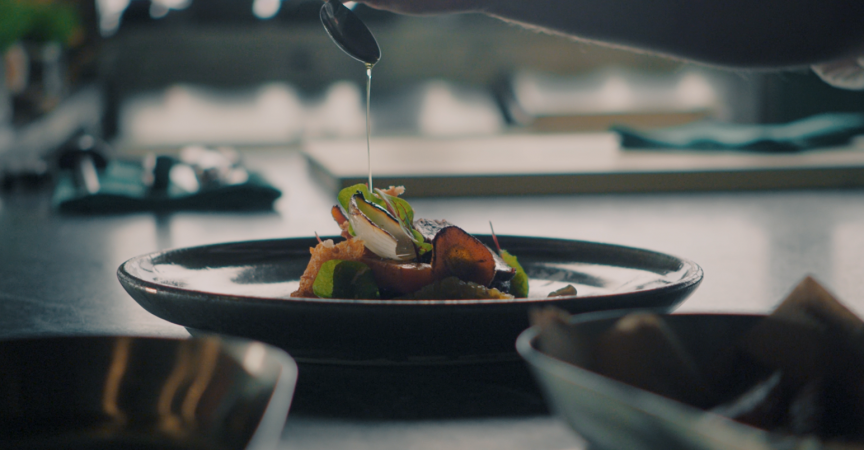What happens before the plate?
When Executive Chef John Horne first started working at Canoe, his kitchen received a shipment of greens from The New Farm in Creemore. He noticed that some of his staff weren’t paying attention when working with the produce; in his eyes, they weren’t treating the greens with respect. He realized that unlike himself, who had spent summers on the family farm in Dunchurch, eating fresh, sun-sweetened peas straight off the vine, his staff had not experienced living and working on a farm and didn’t comprehend the amount of work it takes to grow a leaf of lettuce or a carrot. They didn’t understand the complexity of the farm-to-table process.
Frustrated, he “loaded up 20 kids on a rented bus” and took them to The New Farm where they would spend almost four hours weeding two rows of lettuce. Afterwards, they sat down for lunch and discussed their experience.
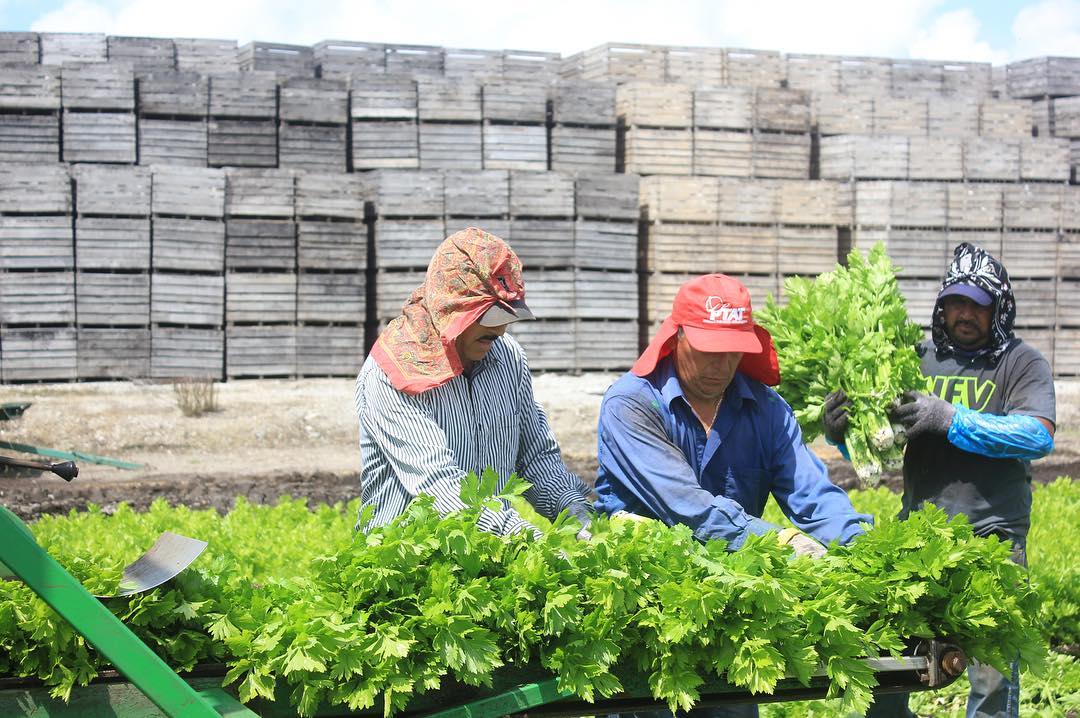
“Once they realized how hard the work was and what they had spent four hours doing was only a fraction of the work Canadian farmers do, their respect factor went up ten times what it was before,” Chef Horne explains. But the “kids” were not the only ones to have an enlightened moment. The visit to The New Farm was when it clicked for Chef Horne that most people just don’t realize where their food comes from or how it’s made.
This disconnect is explored in Before the Plate, a documentary produced by Dylan Sher and directed by Sagi Kahane-Rapport. Although he didn’t grow up on a farm, Sher’s interest in farming lead him to the University of Guelph, where he studied agricultural business. During his summer break, while milking cows on a dairy farm in Keswick, he had the same realization as Chef Horne – he noticed a separation between farmers and consumers. He started to think about how consumers could be brought closer to the farmers who supply their food. In an effort to help bridge this gap, Sher decided to make a movie to show what a modern Canadian farm looks like, revealing current farming practices and the challenges the industry face.
In Before the Plate, Chef Horne visits the various farms that grow and provide the produce that he uses in a specific dish at his restaurant, Canoe. The plate consists of a larded beef filet served on a buttermilk bread sauce, accompanied by tater tots, honey glazed carrots and a green tomato relish. The dish includes ten Canadian ingredients – potatoes, beef, tomatoes, carrots, celery, onions, milk, sunflower oil, wheat and honey. The farms are all based in Ontario and sourced through 100km Foods Inc and Restaurants Canada.
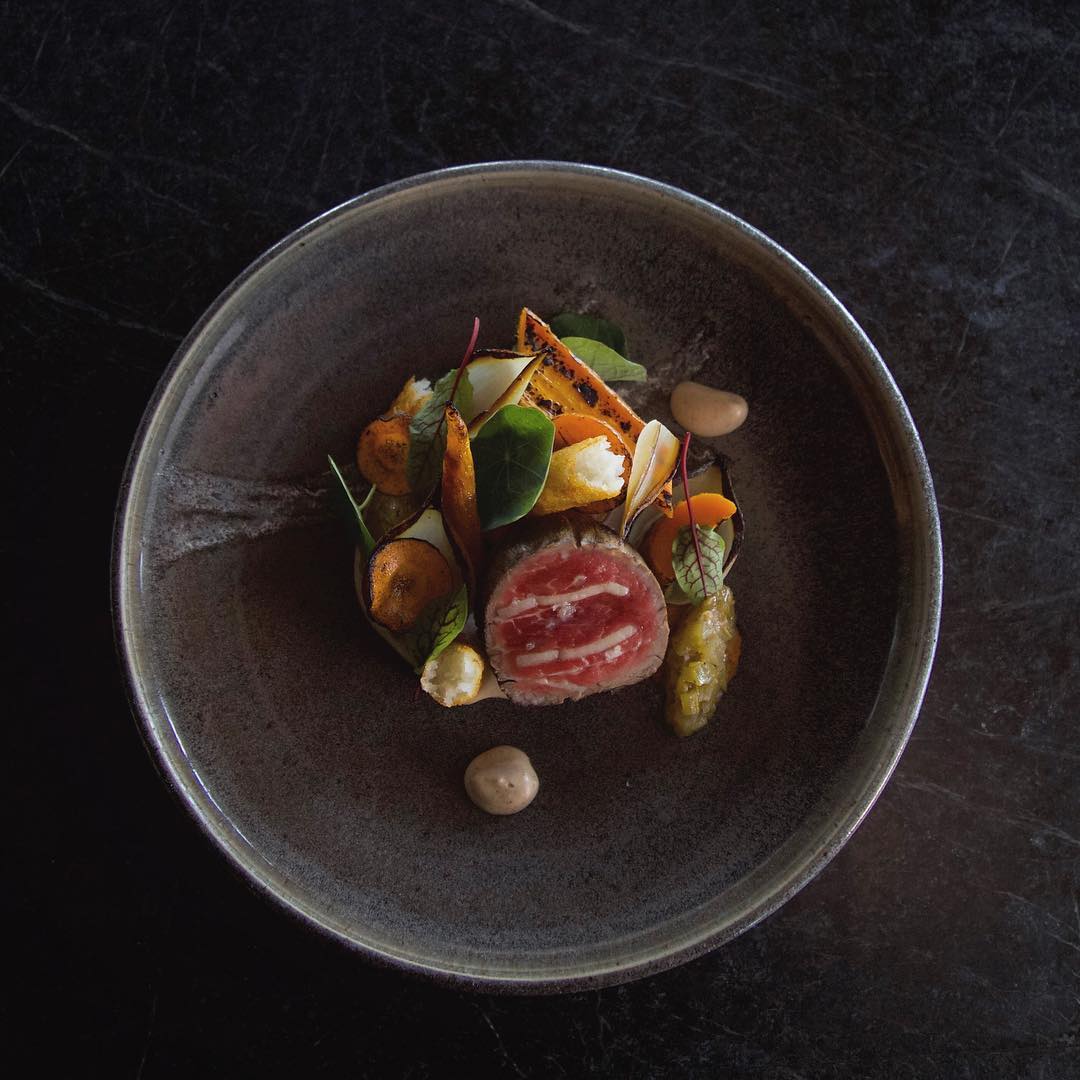
At each farm, Chef Horne learns about the effort and care that goes into growing each ingredient, and discusses some of the more sensitive farming topics. And there are plenty of them – from the use of hormones and antibiotics, to the impact of farming technology on output, to our dwindling bee population and food waste – all these issues have an impact on present day farming. Highlighting these concerns supports the main message of the film – the significance of consumers understanding how their food arrives on their plate, and the importance of supporting local farmers. The documentary demonstrates why, without transparent discourse to figure out solutions to the disconnect between farmer and consumer, there will be major implications in the future for food production and consumption.
Statistics from environmental journalist Joel K Bourne’s book, The End of Plenty, The Race to Feed a Crowded World, indicate that by the year 2050 there will be nine billion people in the world, and based on our current production and future food consumption requirements, we may not be able to feed everyone. In this situation, demand will outweigh supply and it’s possible that we will have reached our peak in farmland availability – We’ll have a major problem.
So, how do we solve this issue? Truthfully, there is no easy answer. The solutions don’t lie with one person, or one film. Before the Plate’s goal, isn’t necessarily to provide a solution to the matter, but instead, encourage a two-way discussion and raise important questions about our relationship with food and farmers. Chef Horne further explains that he found that this generation of farmers “are looking to technology to help them produce sustainable food.” Chef Horne points out that therein lies the opportunity for restaurants and chefs to support farming communities, as they have a direct line of communication with customers. Chefs and restaurants can help farmers to understand consumer demands, driving their crops and this is where restaurants and chefs can help as they have a direct line of communication with the customers in their restaurant.
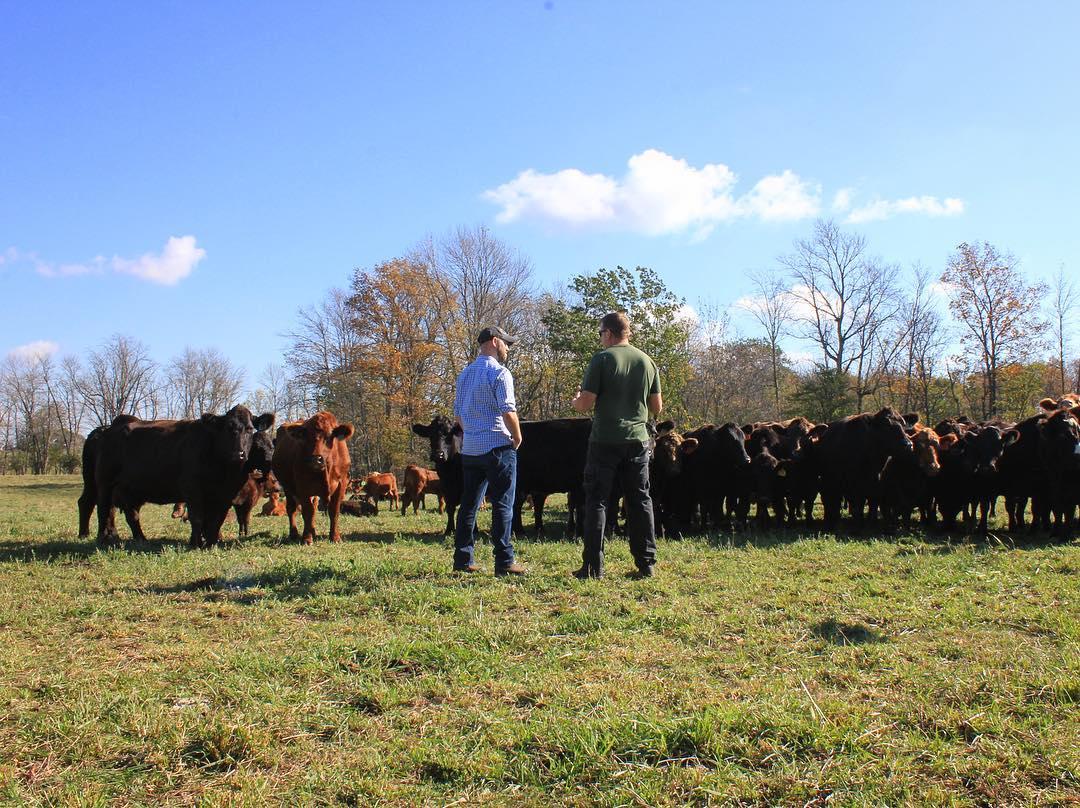
Over the last 5 – 10 years there has been a trend towards eating local. In an article discussing what motivates restaurants to source local, Culinary Tourism Canada cites a Zagat survey completed on Toronto diners in 2012 which reported that 71% of Toronto diners consider local, organic and/or sustainable food to be important factors when choosing a dining establishment. 56% of those respondents indicated they would pay more for these quality ingredients. [1].
Which is good news because buying local or sustainably is not always practical for restaurants – to support local is not always cheap. In the same article Culinary Tourism Canada refers to a 2014 study done by The Institute for Hospitality and Tourism Research at Ryerson University’s Ted Rogers School of Hospitality and Tourism Management, which surveyed managers or chefs of 50 Toronto based restaurants actively using locally sourced food. When asked about the challenges of sourcing local food, respondents cited seasonality (74%), financial cost (67%), and lack of availability/supply (39%) as their main issues. The largest issue, seasonality, resonated with chefs who had set menus, vs. menus that were updated more frequently. [2] However, this challenge also provides chefs with an opportunity to get creative with ingredients when they are freshest and more abundant.
Chefs cite superior food quality and freshness as the primary motivation for local food sourcing (85%), which indicates the importance of the ability to be creative with fresh ingredients. Other recurring motivations include guest interest and appreciation (78%), the desire to support the local economy (76%), ecological sustainability (57%), and improved health (35%). A substantial finding was that a large majority of respondents possess strong beliefs regarding the importance of using local food, and feel it is a philosophy that should be prevalent across the restaurant industry. [2]
For Chef Horne, knowing where food comes from has brought great value to his restaurant – which features between 20 – 70% locally ingredients on the menu depending on the time of year. At the time of our interview, the tasting menu was 90% local.
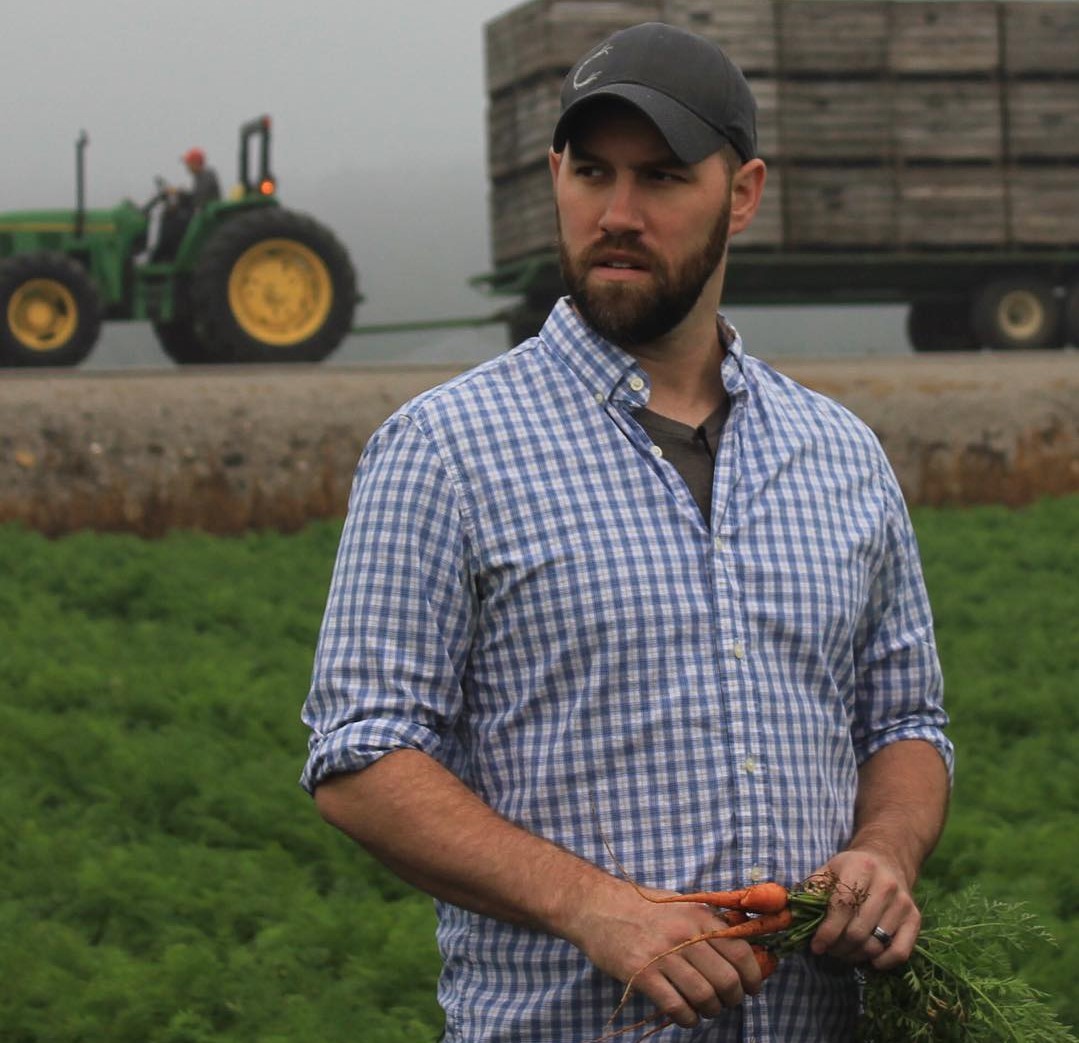
“To use something Canadian, that is local – that excites me,” he says. “I’m buying from people I know. There are even a couple of farms where we have helped to plant the crops and have gone back to harvest them for use in our restaurant. My advice for everyone is to purchase in a way that make your life better. You don’t have to go from zero to 100 but just have it be top of mind. You always learn something when you go out with an open mind to learn. Supporting local is not always cheap but it’s doable.”
The decision on how to purchase is a personal choice for both restaurants and consumers. They key is to educate yourself on what is available so you can build your own knowledge and forge your own path on where you want to buy from and how you want to extend that experience to your customers.
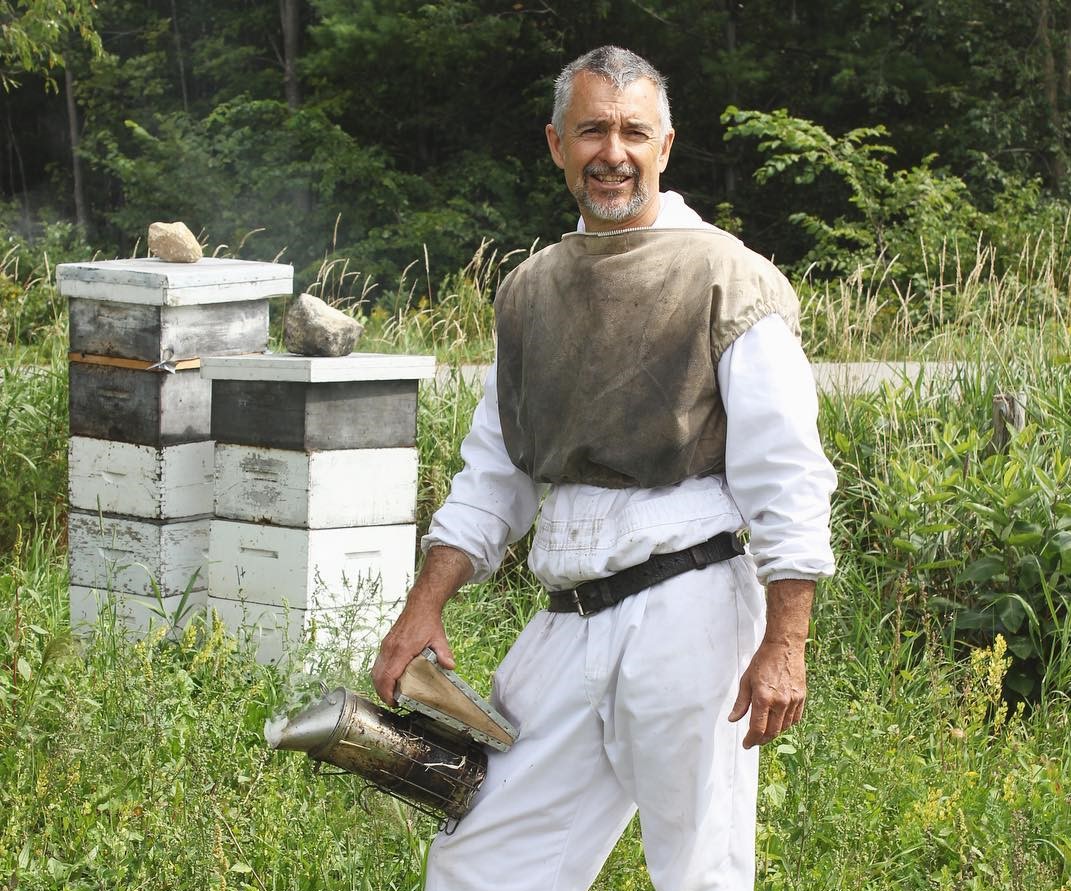
For Sher, the producer of the movie, one of the most memorable moments was after the August 2018 premiere screening. Canoe hosted a dinner for everyone who made the project happen – crew members, donors and the farmers – serving the dish featured in the movie. Witnessing the farmers, eating the food they produced, prepared by someone who shared the same passion is something he will never forget.
Moving towards a more locally and sustainably sourced menu is not something that can happen overnight, but buying in a way that supports the future can make a difference. For Sher and Chef Horne, the main takeaway from the movie is for people to have an appreciation for the complexity of it all.
“Farmers need to hear our voices and we need to hear theirs and what it takes to produce food,” says Chef Horne, “and together we can create the food system we want.” There is no easy solution, and there are many questions to be answered, but it is an important conversation. So let’s start talking.”
About the author:
Shannon Murphy is a freelance journalist and blogger specializing in content related to food and travel. An expert in developing content that engages readers and provides value, she has a BA in Journalism from Ryerson University and is currently enrolled in the Food and Media Certificate Program at George Brown College. An avid cook, baker and traveller you can follow her adventures on her blog: City Eats & Cottage Treats.
[1] Zagat survey shows Toronto restaurant industry trending upwards. (2012). Food and Beverage Close Up.
[2] Kang, R.; Krecisz, J.; Pranjic, K.; Rashad, N.; & Taylor, H. (2014) Toronto Based Restaurants Motivation for Using Locally Sourced Food. Toronto, Ryerson University.
